The hatchback, a versatile and compact vehicle design, has gained immense popularity across the globe. It appeals to a wide range of consumers due to its adaptability, efficient use of space, and modern features. The evolution of the hatchback, its cultural impact, and technological advancements provide a fascinating insight into why it has become a global phenomenon.
The Evolution of the Hatchback

The hatchback’s journey began in the 1960s with the introduction of models like the Renault 4 and Austin A40 Farina. These early iterations offered a practical solution for consumers seeking compact yet spacious vehicles. Initially, the reception was mixed, as traditional sedans dominated the market. However, the hatchback’s unique design, featuring a rear door that swings upward, soon gained traction as it offered advantages in cargo space and versatility.
Over the decades, design innovations have continuously reshaped the hatchback. The 1970s and 1980s saw the rise of iconic models like the Volkswagen Golf and Ford Fiesta, which offered improved aerodynamics and fuel efficiency. Today, modern hatchbacks such as the Honda Civic and Toyota Corolla incorporate sleek designs and advanced materials, reflecting technological advancements and shifting consumer preferences. The evolution of these vehicles has been significantly influenced by safety and environmental regulations, pushing manufacturers to develop fuel-efficient engines and incorporate safety features like airbags and modern braking systems.
Cultural Significance and Global Appeal
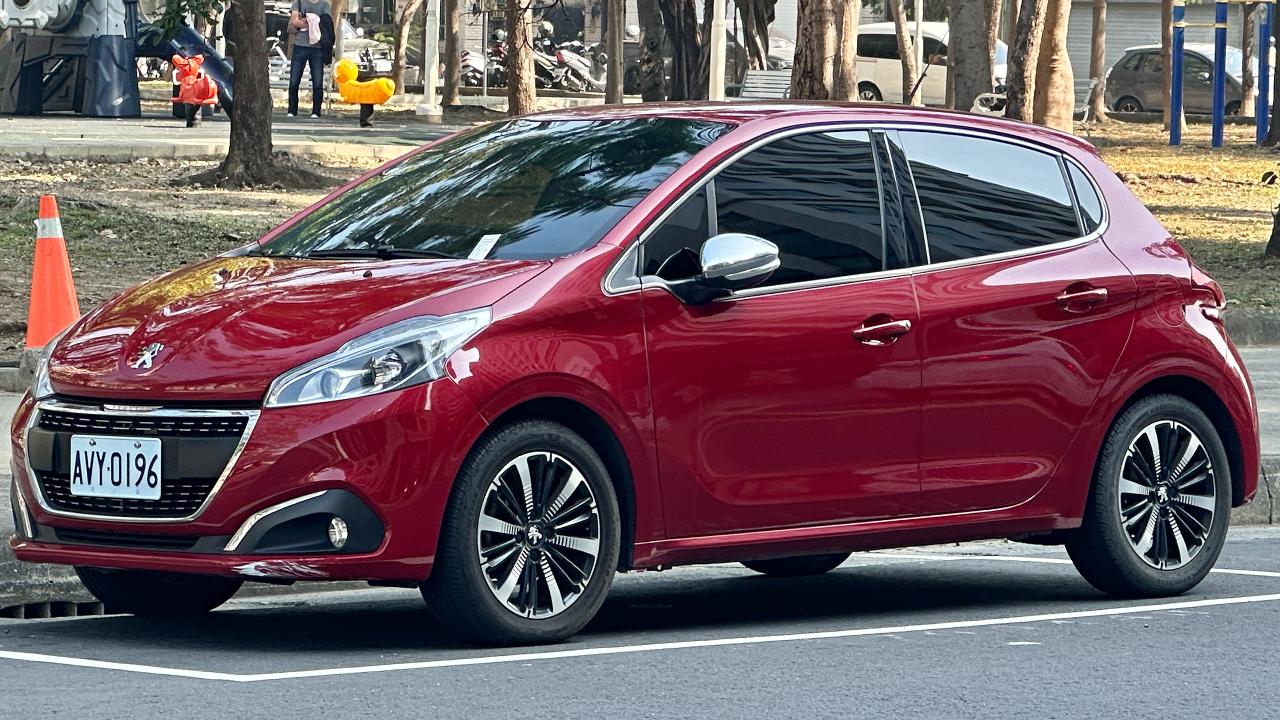
The hatchback’s appeal varies across different regions. In Europe, compact cars like the Peugeot 208 and Renault Clio dominate urban landscapes, where narrow streets necessitate smaller vehicles. In contrast, the United States has seen a growing appreciation for hatchbacks, with models such as the Subaru Impreza gaining popularity for their all-wheel-drive capabilities and practicality.
Hatchbacks have also made their mark in pop culture and media. Films like “The Italian Job” showcased the Mini Cooper, cementing its status as a cultural icon. Television shows and advertisements frequently feature hatchbacks, highlighting their role as practical, everyday vehicles. The alignment with modern lifestyle trends, such as a focus on urban living and environmental consciousness, further enhances their global appeal. Hatchbacks offer a blend of functionality and style, appealing to consumers seeking efficient transportation solutions without sacrificing aesthetics.
Technological Advancements and Innovations
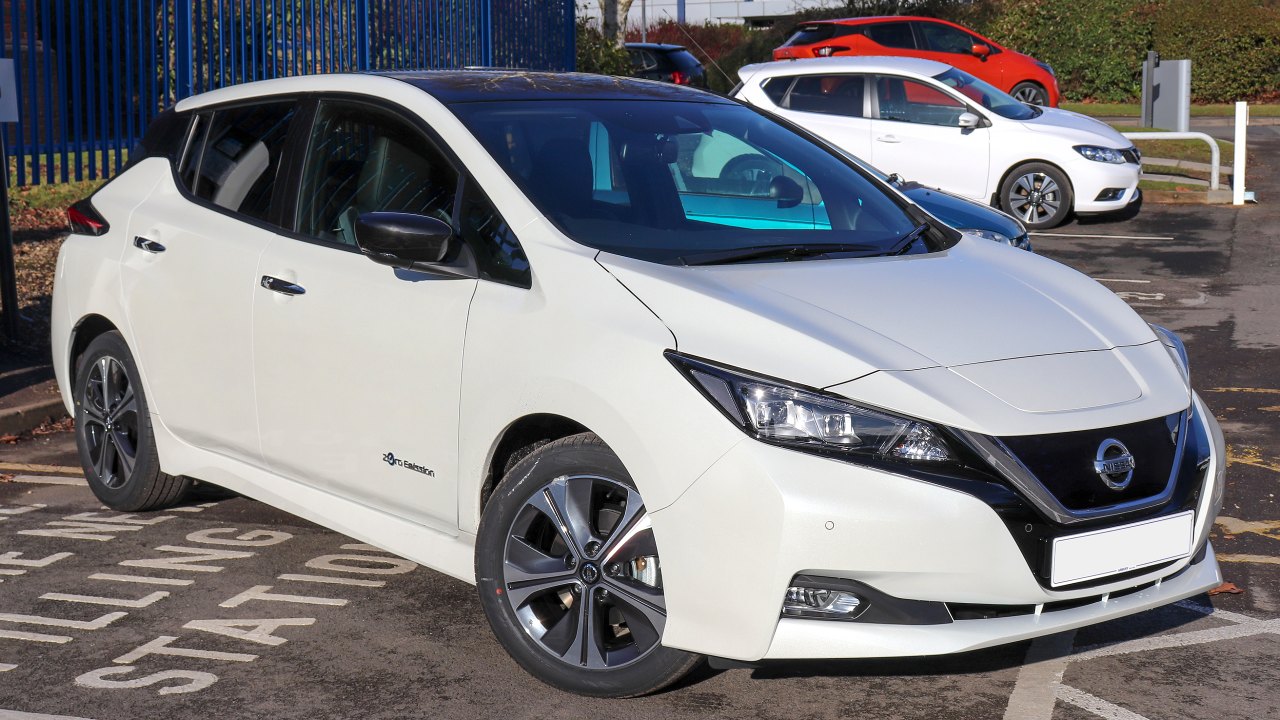
Hatchbacks have embraced cutting-edge technology to enhance the driving experience. Infotainment systems, such as Apple CarPlay and Android Auto, are now standard features in many models, providing seamless connectivity for drivers. Advanced safety features, including adaptive cruise control and lane-keeping assist, have become increasingly common, ensuring a safer journey for occupants.
The rise of electric and hybrid hatchbacks marks a significant shift in the automotive industry. Models like the Nissan Leaf and Chevrolet Bolt are at the forefront of the electric vehicle revolution, offering sustainable transportation options without compromising performance. These hatchbacks provide a glimpse into the future, where eco-friendly vehicles are expected to dominate the market. Additionally, the trend towards customization and personalization allows consumers to tailor their vehicles to their tastes, with options ranging from exterior color choices to interior finishes and tech upgrades, adding to the hatchback’s appeal.
Economic Factors Driving Popularity

One of the key drivers behind the hatchback’s popularity is its affordability and value for money. Hatchbacks often provide a cost-effective solution for budget-conscious consumers, offering competitive pricing without sacrificing essential features. The Kia Rio and Hyundai Accent exemplify this trend, delivering a balance of quality and affordability that appeals to a wide audience.
Fuel efficiency and low running costs are other significant factors contributing to the hatchback’s appeal. With rising fuel prices and environmental concerns, consumers are increasingly drawn to vehicles that offer excellent mileage. Hatchbacks like the Toyota Prius C and Honda Fit deliver impressive fuel economy, reducing the overall cost of ownership. Moreover, the strong resale market for hatchbacks ensures that these vehicles retain their value, providing reassurance for buyers and influencing purchasing decisions.
Future of the Hatchback in the Global Market
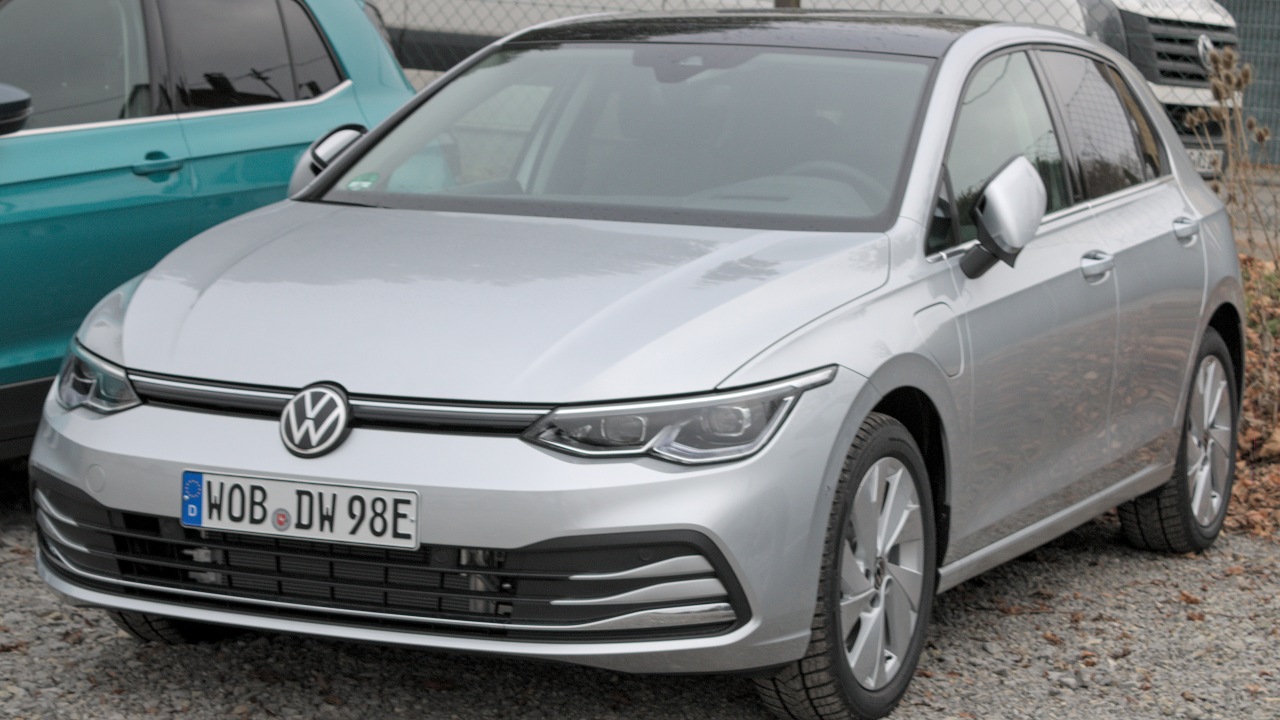
As consumer preferences continue to evolve, the future of the hatchback looks promising. Emerging trends indicate a growing demand for compact, efficient vehicles, driven by urbanization and environmental awareness. Manufacturers are expected to focus on integrating advanced technologies, such as autonomous driving features and enhanced connectivity, to meet these demands.
However, the hatchback faces challenges in an increasingly competitive automotive landscape. The rise of SUVs and crossovers presents a significant hurdle, as these vehicles offer similar versatility with additional space and capabilities. To remain relevant, hatchback manufacturers must innovate and adapt to changing market conditions. Opportunities lie in urban mobility solutions, where hatchbacks can play a vital role in car-sharing initiatives and smart city transportation strategies, ensuring their continued relevance in the global market.
Like Fast Lane Only’s content? Be sure to follow us.
Here’s more from us:
*Created with AI assistance and editor review.

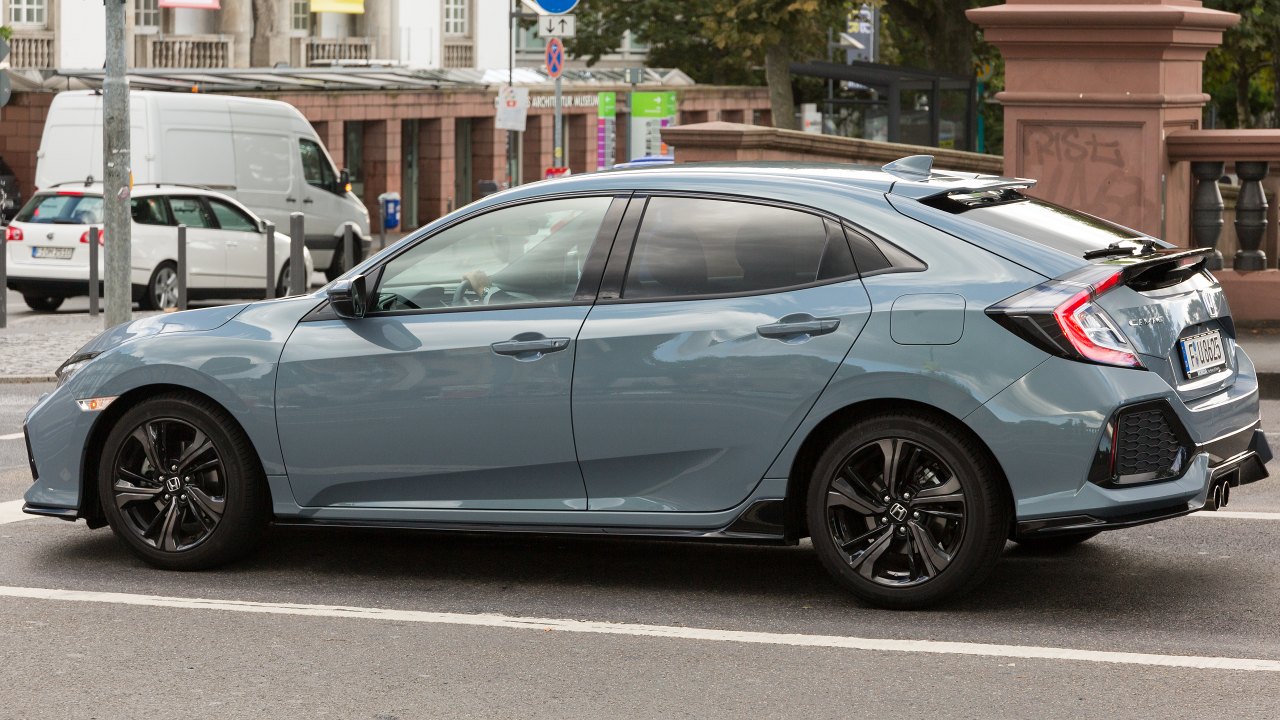
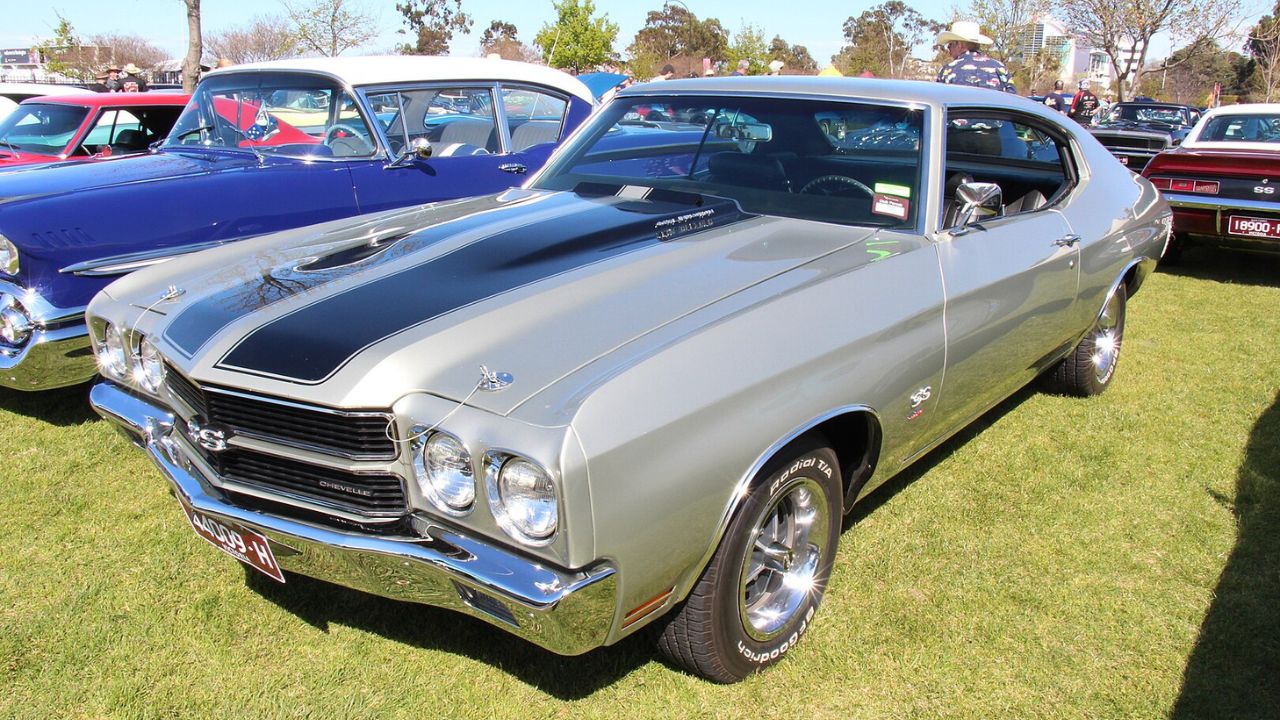

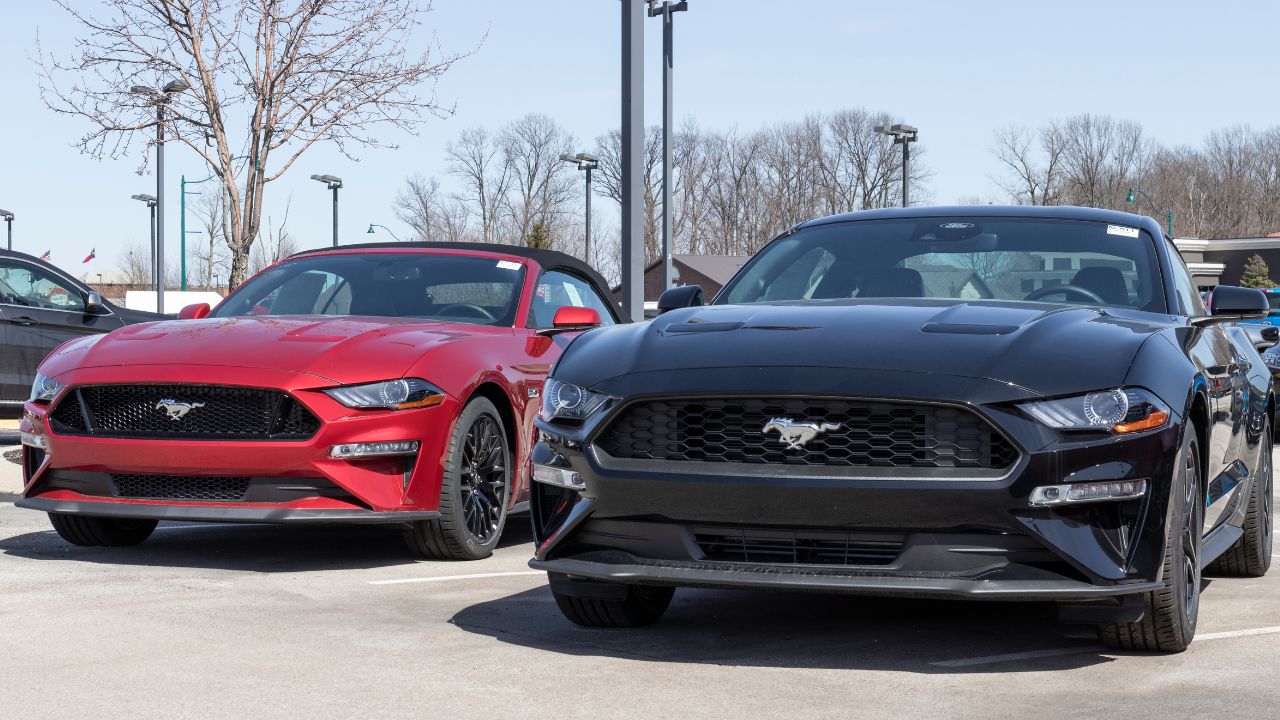

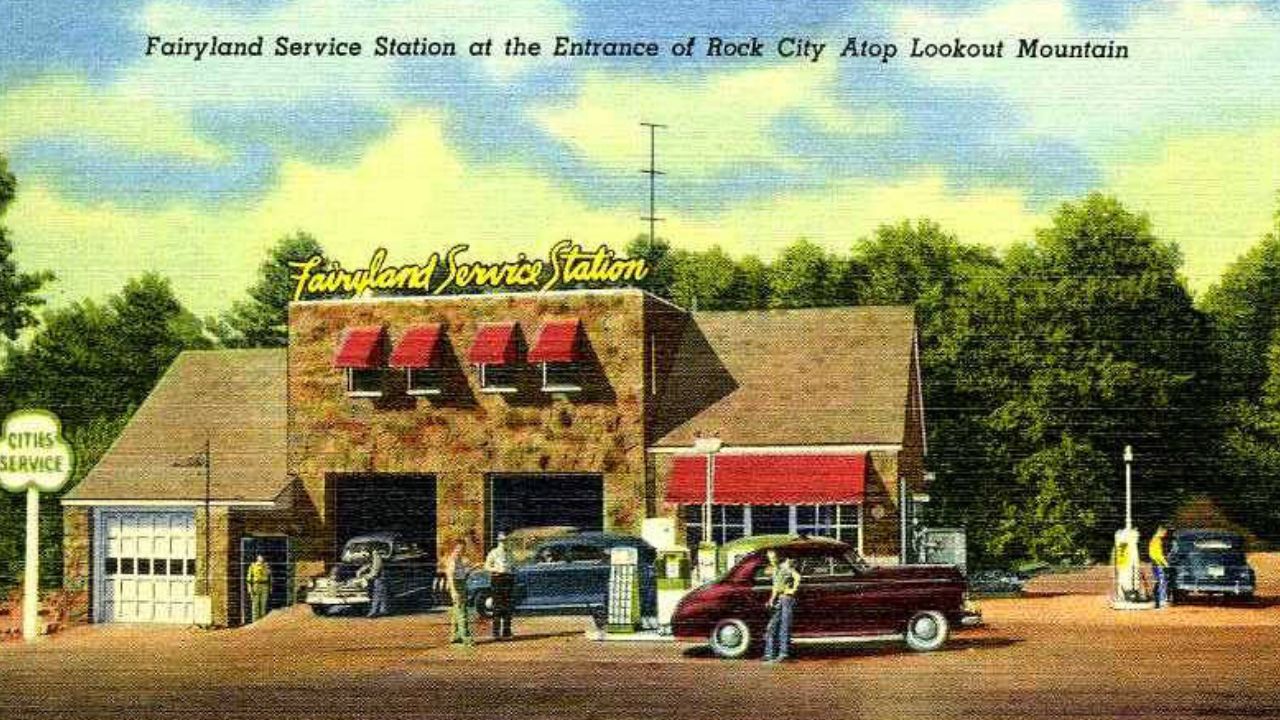
Leave a Reply